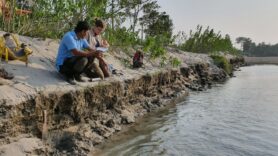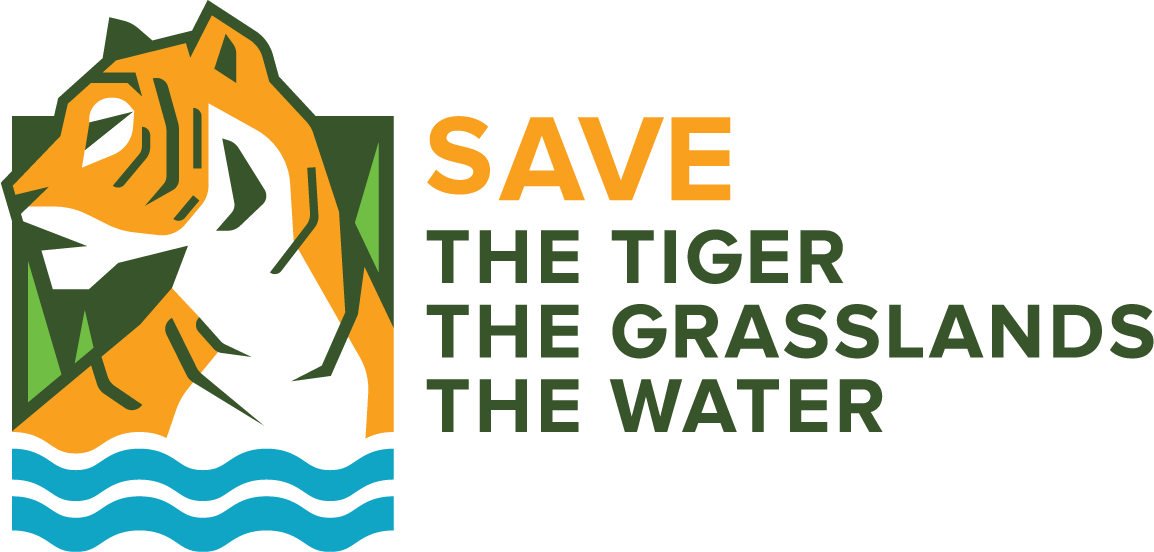News
Field work in Bardia National Park
By Zoë Kleijwegt, November 2022
In the fall of 2022, prof. dr. Jakob Wallinga, dr. Jeroen Schoorl and I visited Nepal. Although we are yet to analyze any samples, the visit provided a lot of important insights to us. The dynamic nature of the river fan was striking, and during the visit we developed the hypothesis that the fan itself may me responsible for the morphology of a large part of the western forests of Bardia. By using state of the art dating methodology, we will determine the age of pas river channels in the park, to uncover if and on what timescales the fan has been moving across the plains of the park. Using paleoecological proxies, we can link the channel activity to changes in the vegetation, land use and animal dynamics. Paleoecological proxies are best preserved in lake sediments, and therefore we were faced with the challenge of finding a (relatively) permanent lake in an area full of change. After visiting many different lakes, we hope to have found two sites that could provide us with sediment records on a centennial scale. Soon, I will return to Bardia National Park together with an MSc student to complete our sample collection and initiate the formal analysis, of which part will occur in Wageningen, and part at Tribhuvan University in Kathmandu. I am looking forward to visiting again, and hopefully sharing the first results soon!


